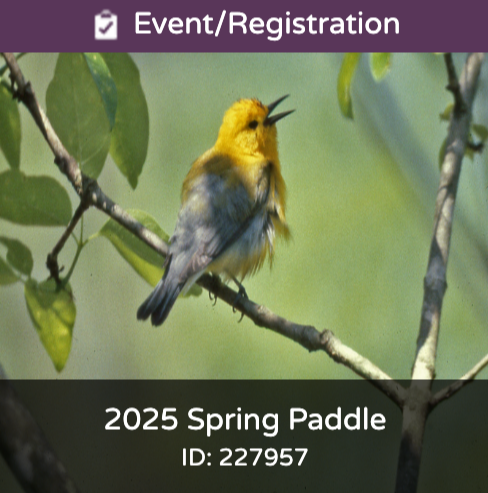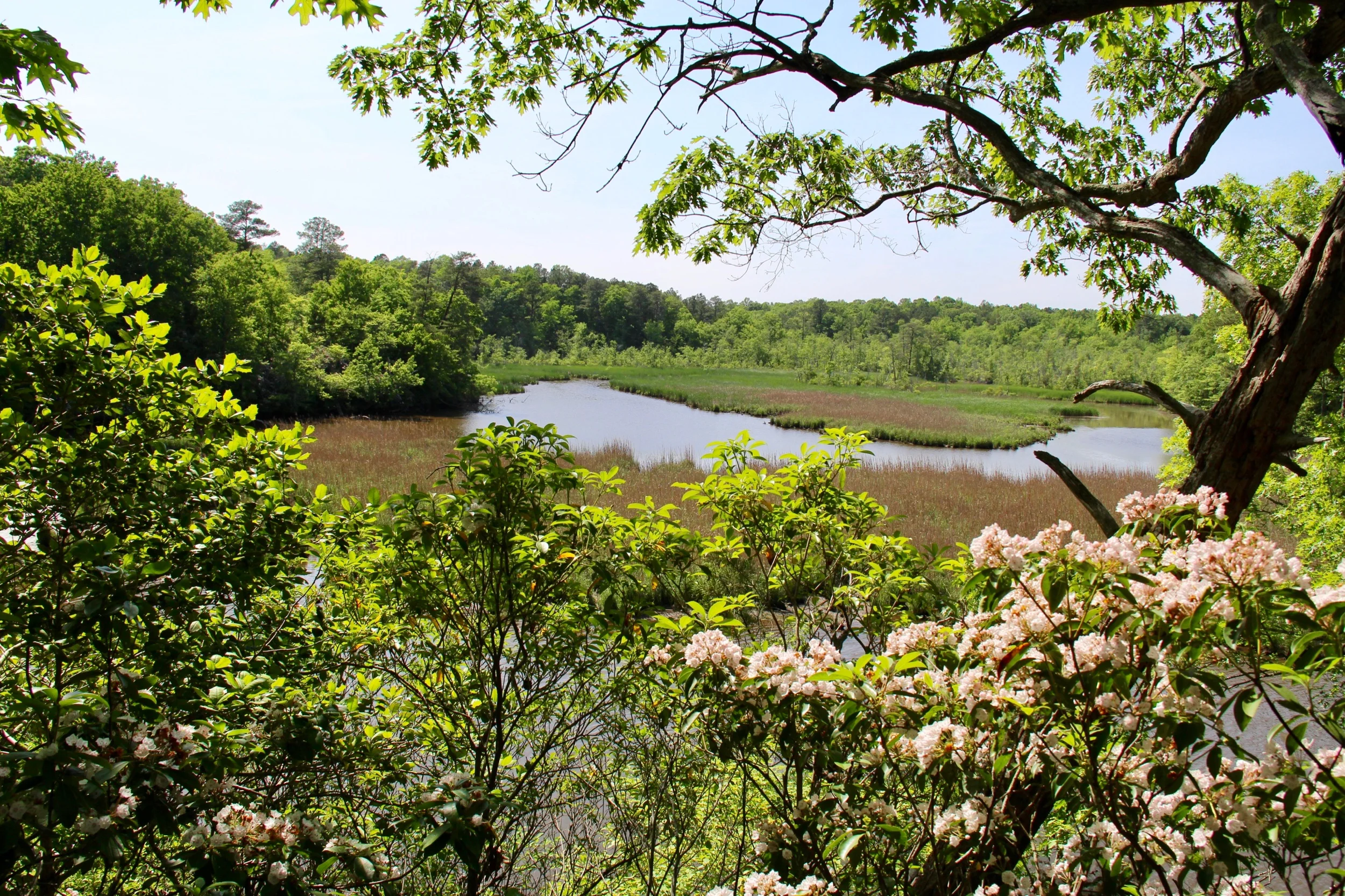Selected excerpts from Reviews and Endorsements of the Book
Following the Wild Bees is scientific natural history at its very best: original, authentic, and exciting. It is at the same time science, science history, adventure, sport, and treasure hunting."
-- Edward O. Wilson, Harvard University
"Seeley's passion for the social insects blazes as he quotes historical accounts by Henry David Thoreau and describes the intricacies of the chase, from baiting with anise - scented sugar syrup to patiently amassing location data"
-- Barb Kiser, Nature
The book received an Honorable Mention for the 2017 PROSE Award in Popular Science and Popular Mathematics, Association of American Publishers. The author, Thomas D. Seeley, is a Professor in Biology in the Department of Neurobiology and Behavior at Cornell University . “His research focuses on the behavior, social life, and ecology of honey bees and has been summarized in four books: Honeybee Ecology (1985, Princeton), The Wisdom of the Hive (1995, Harvard), Honeybee Democracy (2010, Princeton), and Following the Wild Bees (2016, Princeton).”
Following the Wild Bees , 2016, Princeton University Press, is available in Hardback and as an E - book








